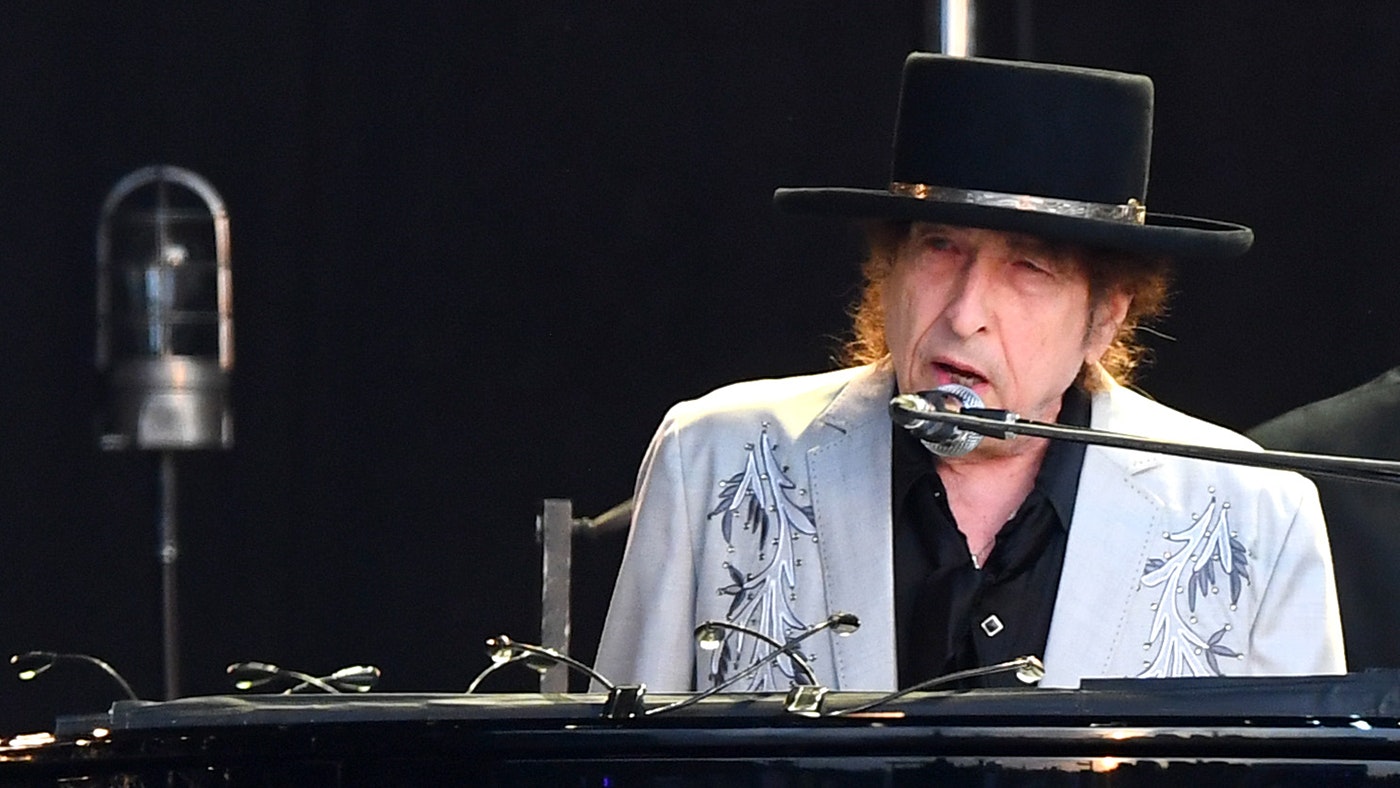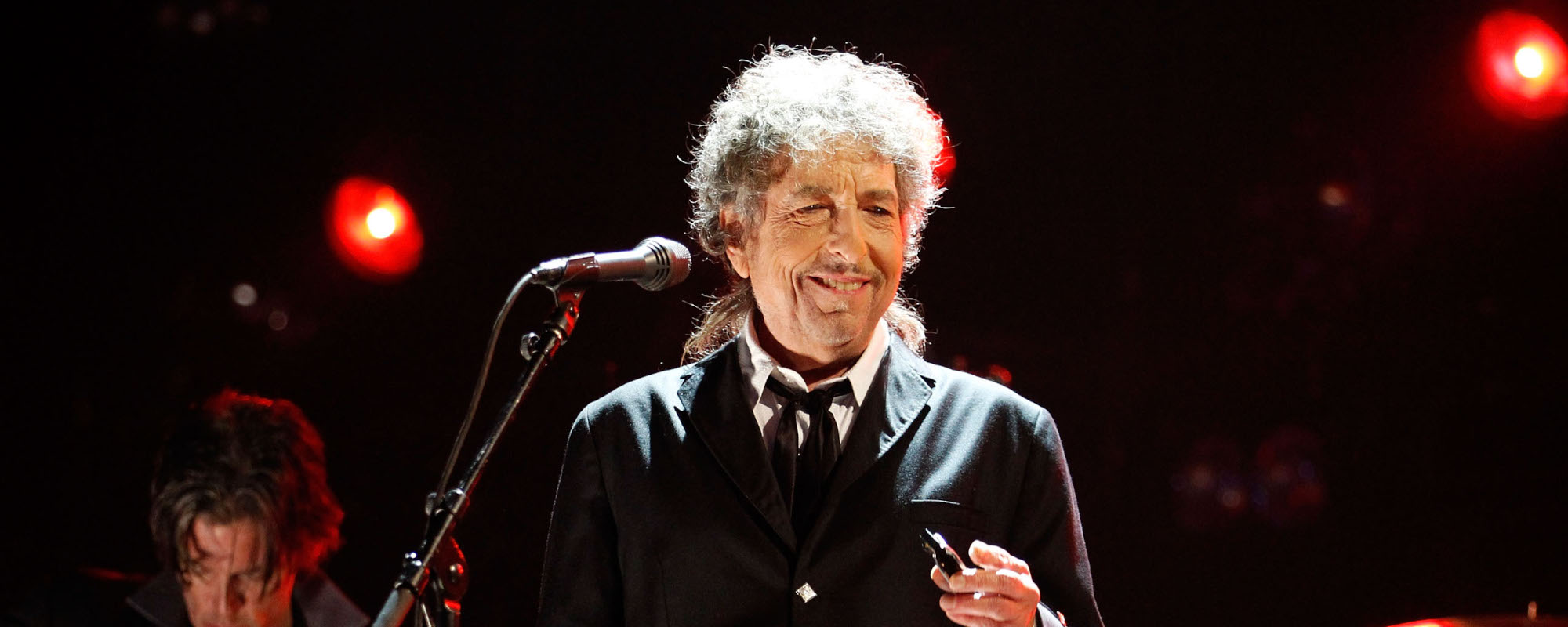Bob Dylan: The Guitar, the Words, and the Relentless Reinvention of a Poet Who Changed Music Forever
How can one man change the world with just a guitar and words? For more than six decades, Bob Dylan has done exactly that — reshaping popular music, redefining songwriting, and proving that lyrics could cut as deeply as literature. From protest anthems that fueled a generation to surreal rock epics and gospel meditations, Dylan never stood still. He remains a living testament to the power of reinvention — and the enduring truth that great art doesn’t have to be perfect, only honest.
The Poet of Protest
In the early 1960s, a scruffy young man from Minnesota appeared on the New York folk scene with nothing but an acoustic guitar, a harmonica, and words that sounded older than time. Robert Zimmerman became Bob Dylan, and Bob Dylan became the voice of a generation almost overnight. Songs like Blowin’ in the Wind and The Times They Are A-Changin’ were more than just melodies — they were rallying cries for a world on the brink of change.
Dylan didn’t just write songs; he wrote questions. He forced listeners to confront uncomfortable truths about war, racism, and injustice. His voice — nasally, cutting, impossible to ignore — carried those questions into every corner of America. While other artists played for applause, Dylan played for something deeper: understanding, revolution, truth.

Going Electric — and Going His Own Way
But Dylan was never interested in staying where people wanted him. In 1965, at the Newport Folk Festival, he walked onstage with an electric guitar and a rock band — and walked straight into history. The folk purists booed, the critics raged, but Dylan didn’t flinch. That night, he proved that an artist doesn’t exist to please the audience. He exists to create.
The albums that followed — Highway 61 Revisited and Blonde on Blonde — were sprawling, surreal masterpieces. His lyrics became denser, dreamier, filled with characters and landscapes that felt both strange and inevitable. Dylan stopped being just a protest singer. He became a poet with a beat, a prophet in sunglasses, a troubadour who refused to be boxed in.
Reinvention After Reinvention
Most artists get stuck in their greatest hits. Dylan never did. In the 1970s, he turned to confessional songwriting with Blood on the Tracks, a raw, heartbreaking look at love and loss. In the 1980s, he shocked fans again by embracing gospel music with albums like Slow Train Coming, delivering sermons in the form of rock songs.
Decade after decade, he refused to stay predictable. He dabbled in country, dived into blues, revisited traditional American folk, and even recorded standards from the Great American Songbook. Through it all, one thing remained constant: his refusal to stop moving. Dylan didn’t care if you liked the new Bob Dylan. He just cared that the new Bob Dylan was true.

Rough and Rowdy at 79
In 2020, at 79 years old, Dylan released Rough and Rowdy Ways, an album of haunting, beautiful songs that proved his creative fire still burns. Critics hailed it as a late-career masterpiece, filled with meditations on mortality, history, and the strange weight of being Bob Dylan.
It was a reminder that Dylan doesn’t just make music. He makes time stop. He takes the chaos of life — wars, heartbreak, myths, dreams — and distills it into lines that stay with you forever.
A Nobel Laureate With a Guitar
In 2016, the world finally acknowledged what Dylan fans had always known: his words belong on the same shelf as the great poets and novelists. The Nobel Prize in Literature, awarded to Dylan for “having created new poetic expressions within the great American song tradition,” was more than a recognition of his songwriting. It was a declaration that popular music, in the right hands, can be art of the highest order.
Dylan didn’t campaign for the honor. In typical Dylan fashion, he didn’t even attend the ceremony. But his legacy didn’t need a trophy — it had already been written in the hearts of everyone who found themselves changed by his songs.

The Legacy of a Restless Spirit
So who is Bob Dylan? He’s the young man who walked into Greenwich Village with a dream and rewrote the rules of music. He’s the electric rebel who refused to be tamed by purists. He’s the old troubadour still wandering America’s highways with a notebook full of verses and a guitar slung across his shoulder.
More than anything, Dylan is proof that reinvention is survival. He didn’t just adapt to the times — he forced the times to adapt to him. And in doing so, he taught generations of musicians, writers, and listeners that great art doesn’t have to be easy, or even immediately understood. It just has to be true.
And as long as there’s someone out there with a guitar, a voice, and the courage to say what others won’t, the world Dylan helped create — a world where music can shake your soul — will keep on turning.
